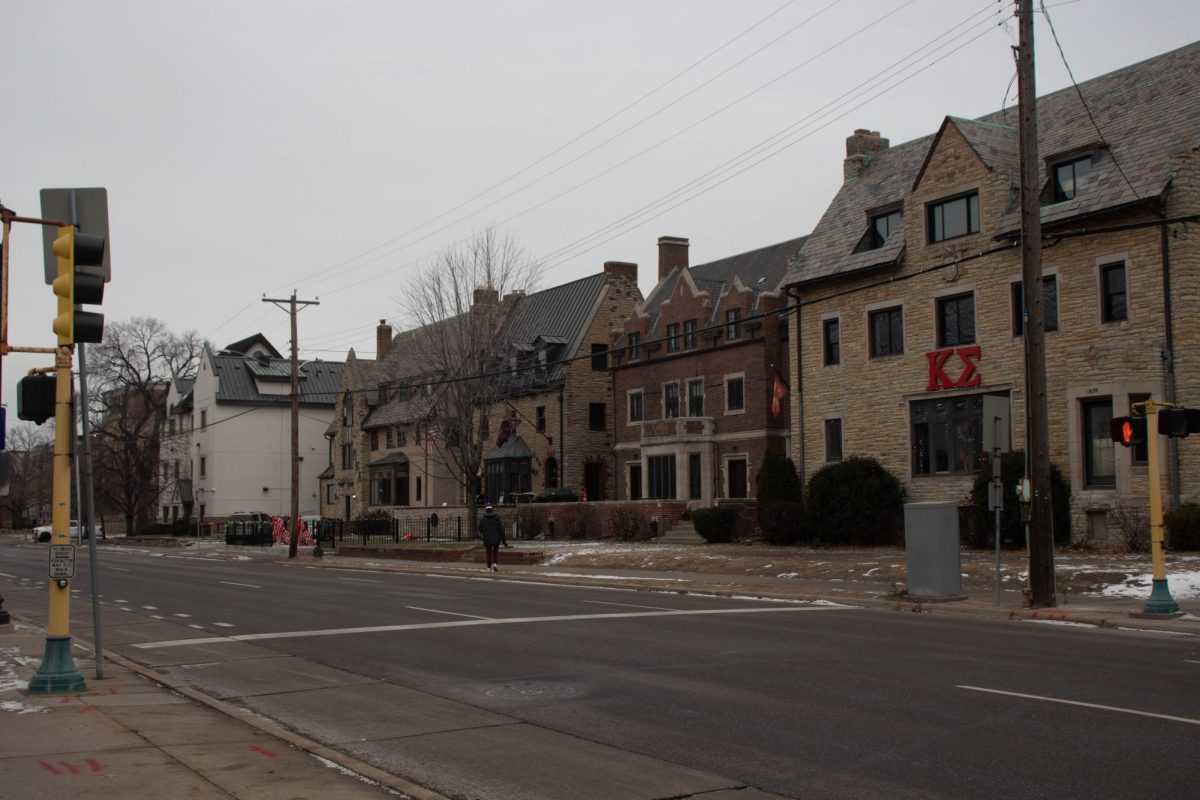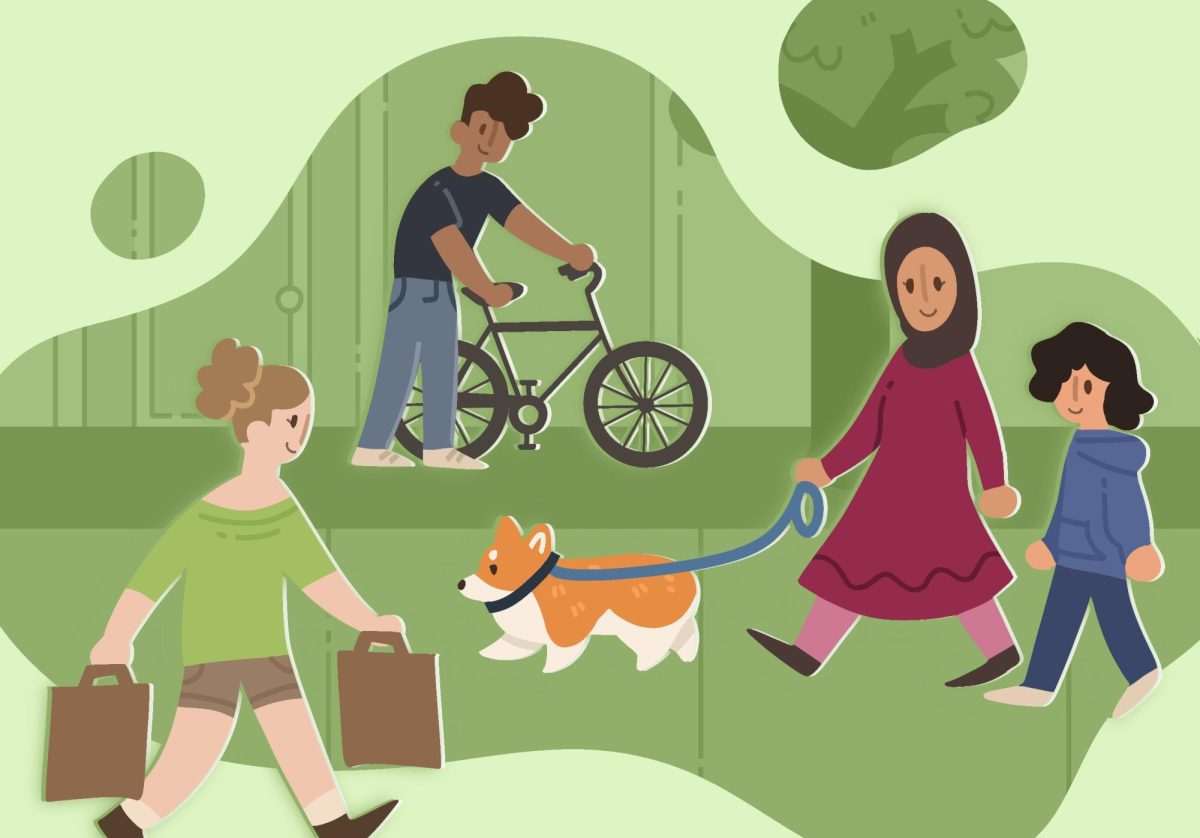There’s no real beginning or end to my story of Africa. The memories of my two months there have bled into every part of my existence and are completely inescapable.
In Kenya, I was the story keeper. People saw who I was and where I came from and believed if I understood their pain I would be compelled to tell others here. So with that, I became the guardian of their stories. I promised the women, the children, the old and young that I would do my best to tell their secrets and take their burdens as my own.
This is my own story of Africa. Of suffering, religion, hope, death and personal resurrection. Once you read this, these stories will become your own and with them will come the burdens of the destitute. Take them on, share them and let them haunt you in your dreams like they do me.
The Displaced
I was granted an internship in May 2007 with the Kenyan Red Cross working in the conflict-torn area of Mount Elgon which spans Kenya and Eastern Uganda. An ongoing tribal war over land rights had irrupted once again, leaving thousands of internally displaced persons, or IDPs, raw for the picking by warlords, rebels and the Municipal Police. My job was to deliver humanitarian supplies and report my findings to Kenyan officials.
I had worked in other humanitarian crises previously, but as soon as I laid eyes on Mount Elgon, I realized this was so utterly different from anything I had ever experienced. The raw brutality of daily existence seeped from every corner of the country. There were children without any clothes, babies with giant stomachs, women burdened with 15 little ones and people dying by the minute right in front of my eyes.
There wasn’t one moment in my two-month trip that I was removed from the worst form of poverty and suffering imaginable.
When I arrived at the camp for the first time there was already a large crowd waiting for help. Some came to see if the Red Cross funding crisis had subsided and others came to see a white person for the first time.
I was immediately mobbed by a group of curious children yelling, “mzungu!” (white person!) and pulling on my straight brown hair. While the older children dared their friends to touch my skin, the little ones would usually cry until their mothers gathered them in their arms to shield them from the ghost.
I stood in front of the group of IDPs and was asked to make an announcement about why I came to see them. I don’t remember exactly what I said, I’m sure it wasn’t too poignant or profound. I do remember telling them I was from America and that I was going to try to help them the best I could. I also remember a woman raising her hand and quietly asking, “So are going to save us?”
That woman continues to haunt me.
As I toured the first IDP camp I was introduced to a woman who said she had been raped two weeks previously by a policeman who was in charge of securing the area. The woman told her story without tears or open anguish. She showed no worry about the possibility of testing positive after the assault or the shunning she was sure to experience. She only sat there stoically and handed her story to me.
From there I moved to another camp in Cheptais to hand out food donations. Once again, there were hundreds waiting to receive aid and there was obviously not enough to go around.
I was told the bare procedural details of how to distribute food but was utterly unprepared for the chaotic process. At a previous distribution, a Red Cross volunteer was bitten by one of the IDPs out of their desperation for the dwindling amount of food.
Toward the end of the delivery, we ran out of sacks of food and knew we wouldn’t receive another shipment for weeks. I was scooped back into the SUV by the Kenyan volunteers before anything erupted, and sped away from the area. There were still people clinging to the back of our truck as we drove away.
One of the last places I visited in Mount Elgon was the spot where several people were found beheaded and dismembered by the rebels. The land was still scorched from the fires lit by the Municipal Police in an attempt to rid the area of the clashing tribes.
I wanted to meet these rebels who had caused such unbelievable pain, and confront the police that were raping women and killing innocent civilians. So I did.
I left early the next morning with Stéphanie Braquehais, a reporter from Radio France Internationale, to visit the Sabaots rebel group. I had seen their faces plastered on Kenya’s most wanted fliers and was eager to know who these fighters really were.
During the past few months, the government had increased their military presence in the area, forcing the Sabaots to move deep into the forests. Along with a handful of Red Cross volunteers to translate, Braquehais and I teetered on the rocky ledges of the mountain as native children ran past us laughing at the awkward mzungus.
When we arrived at our destination – an abandoned church – the leader was already waiting. He was dressed in plain clothes but had a number of radio devices to communicate with the other rebels.
We were told to place our cameras and phones on the table in front of us and were thoroughly questioned about our intentions.
As rebels filled the room, I began to notice that most of us were the same age. Although they had committed unbelievable acts of violence, they had the same faces as my friends at home.
We stayed for more than two hours, listening to stories about their struggles, families, children and dreams. They prayed for us when we departed the church and asked us to tell their story to others about the raping of their land.
I never went back to Mount Elgon.
During my last week in Kenya I turned the television on to learn that those same Sabaots fighters had been shot and killed by the local police. A stunning victory, the government claimed.
The Sabaots’ prayers for peace didn’t resolve the brutality in the region nor save their children from their torturous future.
They were left to die, shot and dumped in a river to be forgotten. Their photos are still on Kenya’s most wanted posters. It is the only testament to their struggle.
Kathryn Nelson is the Daily’s projects editor. She welcomes comments at [email protected].







